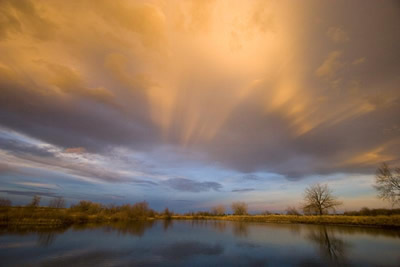Anti-crepuscular rays are beams of sunlight that appear to converge on a point opposite the sun. They are similar to crepuscular rays, but are seen opposite the sun in the sky. Anti-crepuscular rays are most frequently visible near sunrise or sunset. This photo of anti-crepuscular rays was taken at sunset in Boulder, Colorado. Crepuscular rays are usually much brighter than anti-crepuscular rays.
Click on image for full size
Image Courtesy of Carlye Calvin
Atmospheric Optics
Have you ever seen clouds in the sky that looked different than "normal" clouds? Or have you wondered why rainbows form? Sometimes the things we see in the sky look very colorful or unique. Atmospheric optics shows us how light behaves as it passes through the atmosphere.
There are many beautiful examples like these of light and color at work in the atmosphere, including the northern lights, rainbows, sunsets, and halos. Visit the Photo Album of Atmospheric Optics and the Atmospheric Optics Image Gallery to see images of many types of these phenomena, as well as information on how they form.
You might also be interested in:

Rainbows appear in the sky when there is bright sunlight and rain. Sunlight is known as visible or white light and is actually a mixture of colors. The sun's rays pass through millions of raindrops. A
...more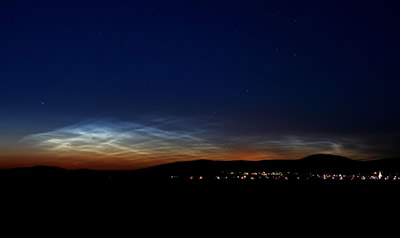
There is a special kind of cloud that is found in the mesosphere, which is the third layer of the Earth's atmosphere. These clouds are called noctilucent clouds (NLC’s) or polar mesospheric clouds (PMC’s).
...more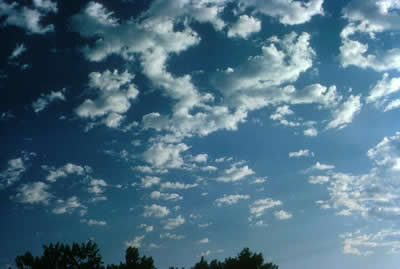
Altocumulus clouds are part of the Middle Cloud group. They are grayish-white with one part of the cloud darker than the other. Altocumulus clouds usually form in groups. Altocumulus clouds are about
...more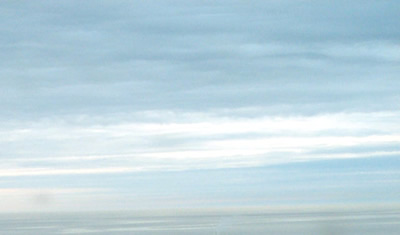
Altostratus clouds belong to the Middle Cloud group. An altostratus cloud usually covers the whole sky. The cloud looks gray or blue-gray. The sun or moon may shine through an altostratus cloud, but will
...more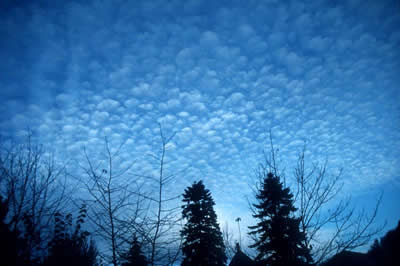
Cirrocumulus clouds belong to the High Cloud group. They are small rounded puffs that usually appear in long rows. Cirrocumulus are usually white, but sometimes appear gray. Cirrocumulus clouds are the
...more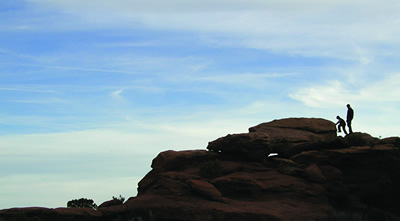
Cirrostratus clouds belong to the High Cloud group. They are sheetlike thin clouds that usually cover the entire sky. The sun or moon can shine through cirrostratus clouds. When looking at the sun through
...more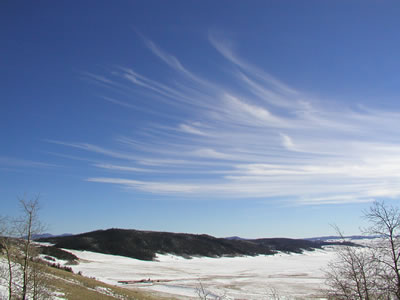
Cirrus clouds are the most common of the High Cloud group. They are made of ice crystals and have long, thin, wispy streamers. Cirrus clouds are usually white and predict fair weather.
...more


